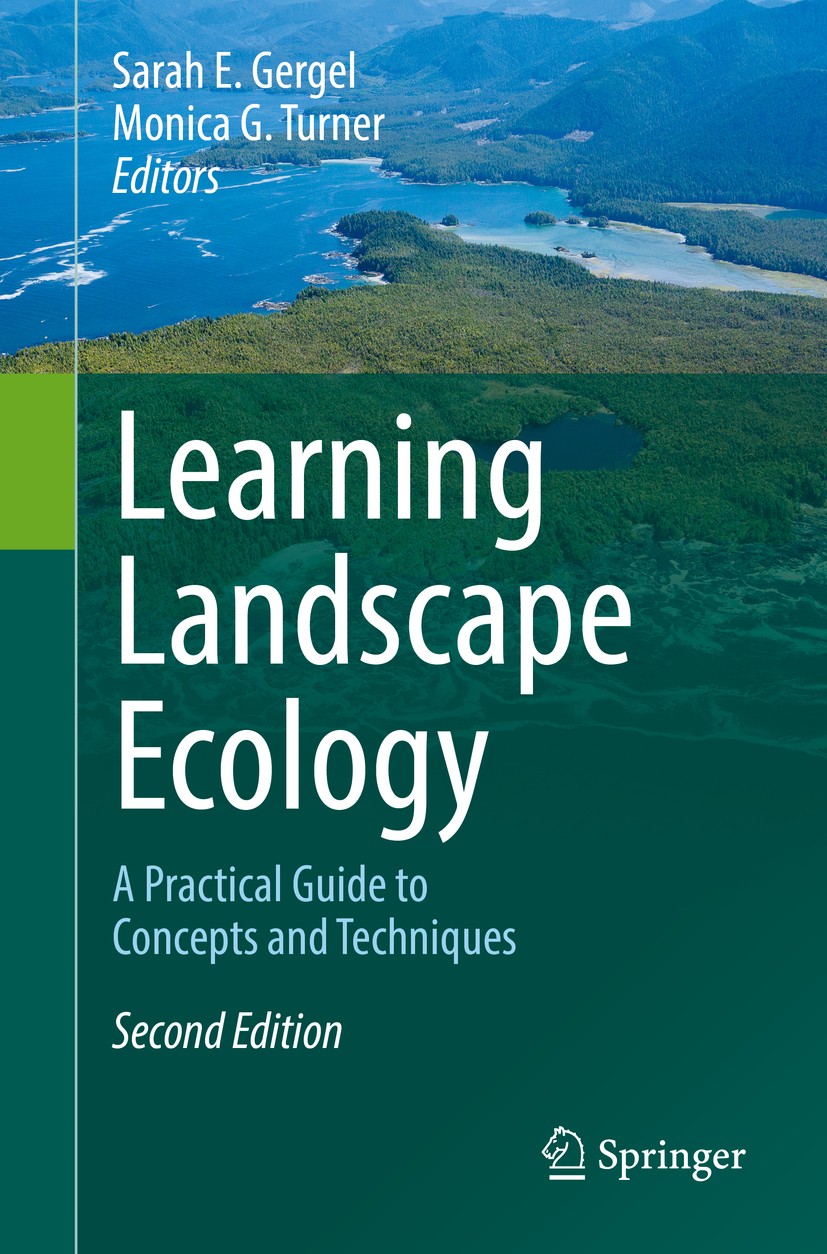| 书目名称 | Learning Landscape Ecology |
| 副标题 | A Practical Guide to |
| 编辑 | Sarah E. Gergel,Monica G. Turner |
| 视频video | http://file.papertrans.cn/583/582757/582757.mp4 |
| 概述 | Utilizes examples, data and authors around the world to communicate to a more global audience.Provides a user-friendly translation of challenging quantitative techniques such as graph theory, spatial |
| 图书封面 |  |
| 描述 | This title meets a great demand for training in spatial analysis tools accessible to a wide audience. Landscape ecology continues to grow as an exciting discipline with much to offer for solving pressing and emerging problems in environmental science. Much of the strength of landscape ecology lies in its ability to address challenges over large areas, over spatial and temporal scales at which decision-making often occurs. As the world tackles issues related to sustainability and global change, the need for this broad perspective has only increased. Furthermore, spatial data and spatial analysis (core methods in landscape ecology) are critical for analyzing land-cover changes world-wide. While spatial dynamics have long been fundamental to terrestrial conservation strategies, land management and reserve design, mapping and spatial themes are increasingly recognized as important for ecosystem management in aquatic, coastal and marine systems. .This second edition is purposefully more applied and international in its examples, approaches, perspectives and contributors. It includes new advances in quantifying landscape structure and connectivity (such as graph theory), as well as labs |
| 出版日期 | Textbook 2017Latest edition |
| 关键词 | Landscape analysis; landscape change; sustainable landscapes; spatial modeling; spatial resilience; spati |
| 版次 | 2 |
| doi | https://doi.org/10.1007/978-1-4939-6374-4 |
| isbn_softcover | 978-1-4939-6372-0 |
| isbn_ebook | 978-1-4939-6374-4 |
| copyright | Springer-Verlag New York 2017 |
 |Archiver|手机版|小黑屋|
派博传思国际
( 京公网安备110108008328)
GMT+8, 2025-12-19 05:23
|Archiver|手机版|小黑屋|
派博传思国际
( 京公网安备110108008328)
GMT+8, 2025-12-19 05:23


